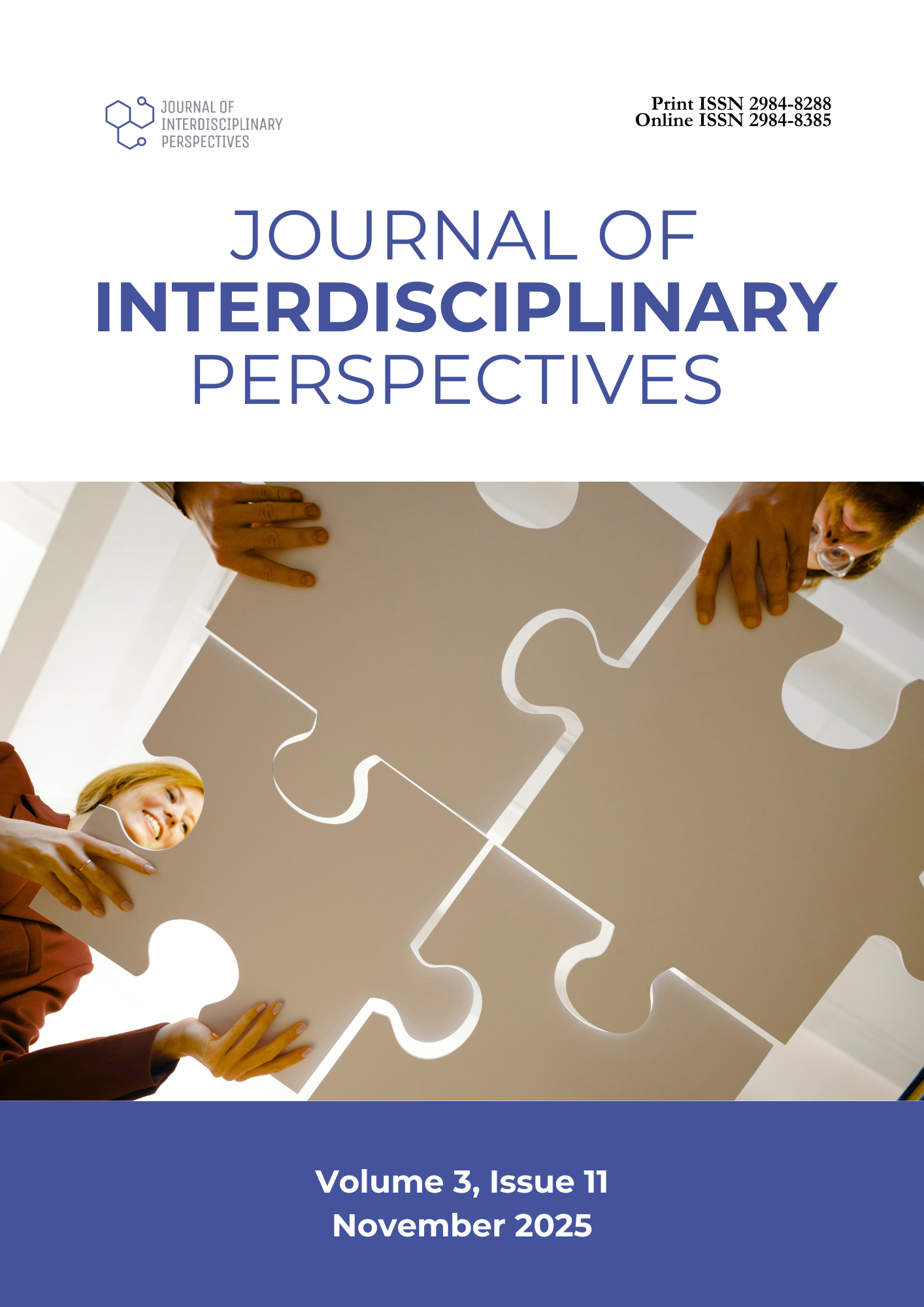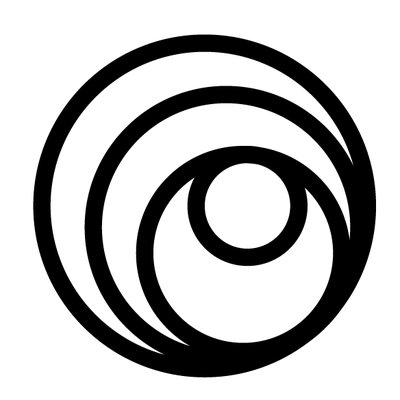Determination of the Antibacterial Activity of Clitoria ternatea (Blue ternatea) Flower Ethanolic Extract Against Citrobacter koseri
DOI:
https://doi.org/10.69569/jip.2025.600Keywords:
Antibacterial activity of Clitoria ternatea, Blue ternatea antimicrobial activity, Citrobacter koseri, Clitoria ternatea ethanolic extractsAbstract
Citrobacter koseri is a growing pathogenic concern, leading to increased antibiotic resistance and posing a public health threat as standard antibiotics become less effective in treating infections caused by this bacterium. Hence, there is a need to investigate alternative antibacterial agents to mitigate the emergence of resistant strains of Citrobacter koseri. This study utilized Clitoria ternatea, also known as Blue ternatea and Butterfly pea flower, a medicinal plant recognized for its broad-spectrum antimicrobial properties and for containing significant levels of phenolic compounds, flavonoids, and anthocyanins. The study evaluated the antibacterial activity of Clitoria ternatea flower ethanolic extraction in four different concentrations (25%, 50%, 75%, and 100%) against Citrobacter koseri, assessed through the Kirby-Bauer Disk Diffusion Method, comparing the antibacterial activity to the antibiotic Cefazolin. Data were analyzed using zone-of-inhibition measurements and the Kruskal-Wallis test to determine significance. The findings suggested that the 100% concentration of the extract exhibited the largest zone of inhibition, showing a proximate inhibition zone of 22mm, as compared to the antibiotic Cefazolin, which had an average zone of inhibition of 24mm. However, the extract demonstrated resistance to Citrobacter koseri at the lower concentrations. In conclusion, the ethanolic extract of Clitoria ternatea exhibits antibacterial activity against Citrobacter koseri. However, when this plant is combined with antibiotics or other plants with potent antibacterial activity, it can be more effective at combating resistance in Citrobacter koseri.
Downloads
References
Alhaidhal, B. A., Alsulais, F. M., Mothana, R. A., & Alanzi, A. R. (2024). In silico discovery of druggable targets in Citrobacter koseri using echinoderm metabolites and molecular dynamics simulation. Scientific Reports, 14(1). https://doi.org/10.1038/s41598-024-77342-5
Dhanasekaran, S., Rajesh, A., Mathimani, T., Samuel, S. M., Shanmuganathan, R., & Brindhadevi, K. (2019). Efficacy of crude extracts of Clitoria ternatea for antibacterial activity against Gram-negative bacterium (Proteus mirabilis). Biocatalysis and Agricultural Biotechnology, 21, 101328. https://doi.org/10.1016/j.bcab.2019.101328
Deorankar, P., Gangiwale, R., Chintamani, R., Singh, R. P. (2020). Evaluation of ethanolic and aqueous extract of Clitoria ternatea for antimicrobial activity. Indian Journal of Natural Products and Resources. https://doi.org/10.56042/ijnpr.v11i3.29958
Emery, A., Marpaux, N., Naegelen, C., Valot, B., Morel, P., & Hocquet, D. (2019). Genotypic study of Citrobacter koseri, an emergent platelet contaminant since 2012 in France. Transfusion, 60(2), 245–249. https://doi.org/10.1111/trf.15617
Fonton, P., Hassoun-Kheir, N., & Harbarth, S. (2024). Epidemiology of Citrobacter spp. infections among hospitalized patients: A systematic review and meta-analysis. BMC Infectious Diseases, 24(1). https://doi.org/10.1186/s12879-024-09575-8
Jaafar, N. F., Ramli, M. E., & Salleh, R. M. (2020b). Extraction condition of Clitorea ternatea flower on antioxidant activities, total phenolic, total flavonoid, and total anthocyanin contents. Tropical Life Sciences Research, 31(2), 1–17. https://doi.org/10.21315/tlsr2020.31.2.1
Jabeen, I., Islam, S., Hassan, A. K. M. I., Tasnim, Z., & Shuvo, S. R. (2023b). A brief insight into Citrobacter species - A growing threat to public health. Frontiers in Antibiotics, 2. https://doi.org/10.3389/frabi.2023.1276982
Jeyaraj, E. J., Lim, Y. Y., & Choo, W. S. (2022b). Antioxidant, cytotoxic, and antibacterial activities of Clitoria ternatea flower extracts and anthocyanin-rich fraction. Scientific Reports, 12(1). https://doi.org/10.1038/s41598-022-19146-z
Kumar, P., Meghvansi, M. K., & Kamboj, D. V. (2021). Phenotypic characterization and whole-genome analysis of a novel bacteriophage HCF1 infecting Citrobacter amalonaticus and C. freundii. Frontiers in Microbiology, 12. https://doi.org/10.3389/fmicb.2021.644013
Liu, Y., Zhu, J., Liu, Z., Zhi, Y., Mei, C., & Wang, H. (2025). Flavonoids as promising natural compounds for combating bacterial infections. International Journal of Molecular Sciences, 26(6), 2455. https://doi.org/10.3390/ijms26062455
Multisona, R. R., Shirodkar, S., Arnold, M., & Gramza-Michalowska, A. (2023). Clitoria ternatea flower and its bioactive compounds: Potential use as microencapsulated ingredient for functional foods. Applied Sciences, 13(4), 2134. https://doi.org/10.3390/app13042134
Oguis, G. K., Gilding, E. K., Jackson, M. A., & Craik, D. J. (2019). Butterfly pea (Clitoria ternatea), a cyclotide-bearing plant with applications in agriculture and medicine. Frontiers in Plant Science, 10. https://doi.org/10.3389/fpls.2019.00645
Sharma, D., Sulaiman, Z. I., Tu, P. J., Harrell, S., Cavalieri, S., Skidmore, P. J., & Baer, S. L. (2024). A case of infective endocarditis caused by Citrobacter koseri: Unraveling a rare pathogen and dire outcome. Journal of Investigative Medicine High Impact Case Reports, 12. https://doi.org/10.1177/23247096241239544
Suganya, T., Packiavathy, I. A. S. V., Aseervatham, G. S. B., Carmona, A., Rashmi, V., Mariappan, S., Devi, N. R., & Ananth, D. A. (2022). Tackling multiple-drug-resistant bacteria with conventional and complex phytochemicals. Frontiers in Cellular and Infection Microbiology, 12. https://doi.org/10.3389/fcimb.2022.883839
Sikora, A., & Zahra, F. (2023). Nosocomial infections. In StatPearls. StatPearls Publishing. Retrieved from https://www.ncbi.nlm.nih.gov/books/NBK559312/
Tan, Z., Deng, J., Ye, Q., & Zhang, Z. (2022). The antibacterial activity of natural-derived flavonoids. Current Topics in Medicinal Chemistry, 22(12), 1009–1019. https://doi.org/10.2174/1568026622666220221110506
Downloads
Published
How to Cite
Issue
Section
License
Copyright (c) 2025 Journal of Interdisciplinary Perspectives

This work is licensed under a Creative Commons Attribution-NonCommercial 4.0 International License.









